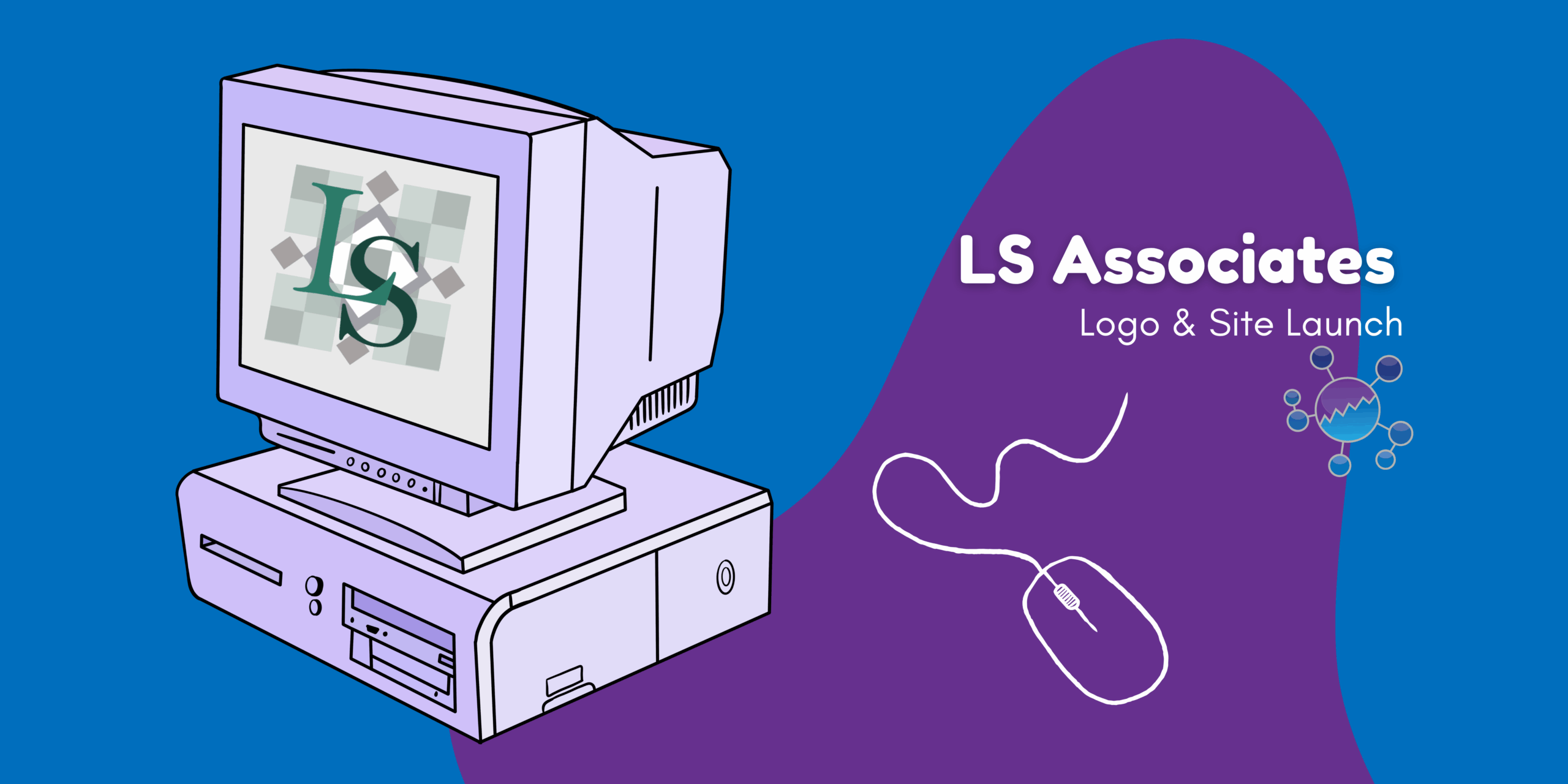 Posted by Aimee Cozza on December 2nd, 2019
Posted by Aimee Cozza on December 2nd, 2019One very interesting thing about SEO is the science that happens behind it. Whether it’s psychologically crafting content in a way that makes people click (i.e. clickbait), or it’s understanding how people navigate a page, understanding usability and the flow of any web page is important to crafting your perfect optimization approach.
We were excited to read about this study by Nielsen Norman Group which tracked user eye movement on the search engine results page (SERP). A few years back, it was common to have ten blue-link results in a list. That required customers to read and examine what they were clicking. Now, especially on Google, the SERP can have all kinds of more visually appealing bits of information, such as business listings to the right, rich snippets highlighted at the top — sometimes even with pictures, or even accordion answers to questions. How can we know where a user’s eye travels, and what listing is most important to optimize for?
The Pinball Pattern
NNG compares the way they found a user’s eye to move about the SERP to be similar to a pinball inside of a pinball machine. That means that they found users aren’t consuming information on the SERP in a linear fashion — instead the eye can be moving left, to right, to left again, causing a “pinball pattern” effect.

What’s it look like?
Let’s get into the nitty gritty about what a typical SERP looks like and what the pinball pattern suggests.
You will see in the diagram above that there are multiple sections of SERP features, including sponsored results (paid search results such as Google Ads), featured snippets (rich snippets chosen by Google’s algorithm), “people also ask” (FAQ answer accordions), organic results, and sponsored shopping cards on the right, or in some cases, Google My Business listings. The numbers on the diagram indicate the order in which a user may be looking.
Based on the information provided in the image, the very first place this user looked on a search for refrigerators was in the sidebar to the right, which can contain shopping ads, products, or even Google My Business listings. This is why it’s important now more than ever to claim and update your Google My Business listing with as much relevant information as you can. The user’s eye stayed on that same listing area, before moving to the menu bar, then down into the rich snippets area.
Ranking #1 is not #1 Priority Anymore
One thing you will immediately notice is how far down organic results land. These results can occur “below the fold” (where your screen stops after initial loading; “below the fold” is a term used for a section of page that is only accessible on scroll down), which isn’t great if you’re optimizing only for an organic search ranking. While it is great to want to rank #1 for your page on the SERP, sometimes ranking #1 is not the key goal. If you are in a popular area, using keywords with a lot of competition, even if you rank #1 on organic results, your results are still being looked at close to last.
This is why it’s important to leverage other areas where possible, such as formatting properly for the featured snippet or “people also ask” section. These will help increase your likelihood of being seen and being clicked on.
Other Takeaways

In addition to understanding how a user looks around the screen, it’s also important to note that new studies show that the search results of today are far different from the search results of 2006. Zero-click searches, that means, searches that don’t result in any clicks, such as searches that produce immediate answers, like “what does 2+2 equal”, are at an all-time high at over 50% of searches. That means that in order to optimize your business, you need to be optimizing your results beyond organic SERP ranking, and implement the use of rich SERP features that can garner your searcher’s visual interest.





